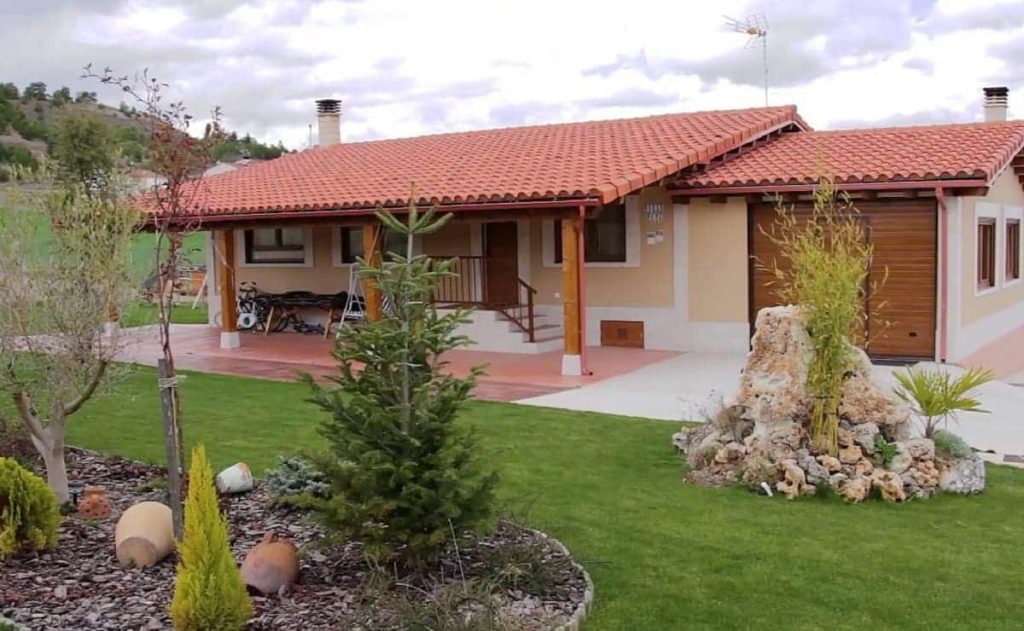The prefabricated houses the speed of installation of prefabricated homes is up to 6 times faster than traditional ones, a factor that, in addition to the possibility of being more The fact that they are cheap and can be transported to remote locations with ideal customization of designs and sizes has made them the preferred choice of emerging economies, one of them being Latin America, a fertile territory with an excellent rate of economic growth, has seen an exponential increase in the production and commercialization of the most important products in the region prefabricated homes with their countless advantages offered.
This increase in production and prices, such as those of prefabricated houses in Peru allows these households can sustain uses that go beyond a single home. family housing and where schools, dining halls, guard houses, or clinics are just some of the multiple options to be covered and therefore the diverse inherent needs; they are also environmentally friendly constructions and sustainable. There have also been an increase in the diversity of local companies that are taking a large part of the production rate previously handled by foreign transnational construction companies dominated by U.S., European and Asian firms.
The Latin American prefabricated housing landscape
Although the pace of growth is accelerating, there is still some resistance from many customers, who due to lack of proposals, information, marketing or simply to avoid leaving the comfort zone that traditional home construction firms have imposed all their lives. A necessary change and full of variety of alternatives, which I present below with the most representative options of prefabricated houses in the most powerful countries of Latin America.
Mexico as the epicenter of these constructions
The Mexican market related to prefabricated houses is in constant increase, achieving an excellent margin of increase and offering potentialities that evidently call the attention of the possible buyers, if we place as an example the company “Casa Prefabricada” directed by Carlos Gómez with a portfolio that goes from 42 to 110 square meters maintaining basic and complex options with Prices range from $15,000 to $38,000, while retaining a steel profile construction.
Then there is the GMI Group, which claims that its buildings are capable of achieving savings of up to 95% in maintenance and can withstand hurricane-force winds and high-powered earthquakes. Saving a lot of time and labor since a traditional construction that would take about 50 days to complete can be achieved in only seven days with the modular prefabricated method.
In Mexico, it is common to use the modality of prefabricated houses, “Kits,” which can be transported to rural, urban, or remote areas without any problems and reach buildings where there are not even access roads, in addition to employing the method modular to achieve assemblies in just a few days.
Average prices of prefabricated flooring in Mexico
The average price is close to $31,000, maintaining lows of $15,000 and possible highs of $50,000 for mass-produced and standardized prefabricated homes. This offer includes a wide range of models and materials ranging from aluminum to wood, as well as concrete, steel and PVC.
The Colombian precast market
The Colombian market of prefabricated residences oscillates with price averages of US$5,000, always maintaining the same volatility as the different construction markets of other countries, where these values are determined by various factors and of course to the specifications of the final product.
The strongest company in the Colombian market is “Cypres”, which maintains a 35-year record as one of the market’s strongest and most reliable companies. It offers buildings from 15 to 220 square meters of living space and materials ranging from metal to clay, as well as a very successful composite called fiber cement with units ranging from $1,600 to $36,500.
“Casas Prefabricadas Colombia” is another reference company in this type of construction, with it you can access to one or two-storey houses with an enviable transport system to anywhere in Colombia and making the assembly on a concrete foundation slab.
The third option is the company “Dinamicasa,” which offers the experience of a construction record of nearly 5,000 prefabricated floors in the Latin American country, with price estimates for the square meter of construction starting at US$100 for deliveries without finishes and US$180 if these extras are included.
The Argentine business of these houses
With respect to the Argentine situation, it is possible to assure that it has achieved an important boom in recent years, reaching very high construction quotas with prices in the range of US$ 5,300 to US$ 6,400 on average. The leading Argentine company is “Vilahouse” which offers an excellent catalog with minimalist, traditional and cabin options. With living areas ranging from 29 to 105 square meters, the predominant materials used are gypsum and fiber cement.
If you want a house with The best ally is “Mi Casa Eficiente,” which offers you alternatives that range from 50 to 100 square meters with finishes in wood and prices that can start at $12,000 and go up to $32,000 on average.
What’s holding back prefabricated homes in Latin America?
Although the evidence is strong and concise with respect to the technical, operational and construction advantages of these houses over the traditional ones, it is important to mention that the economic and construction financing is a This is a major obstacle to overcome so that this type of prefabricated housing can effectively enjoy the benefits that traditional constructions maintain in relation to financial benefits. As a result, Latin America still has many banking restrictions in the granting of fast and effective credit to access these housing solutions.
It is also essential to develop educational elements so that new potential buyers can access all the relevant information offered by these prefabricated housing systems and thus attenuate the gigantic housing deficit that this immense geographic area is going through. It will be time and the decisions of states and large companies that will ultimately decide where these timely, inexpensive and advantageous prefabricated manufactured homes in Latin America are headed.
